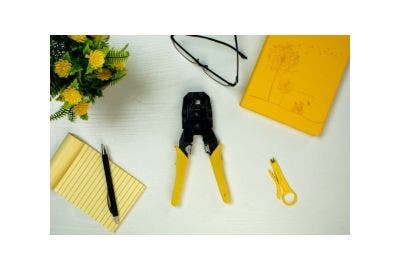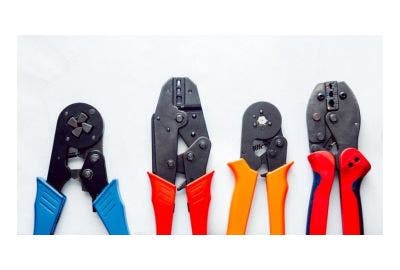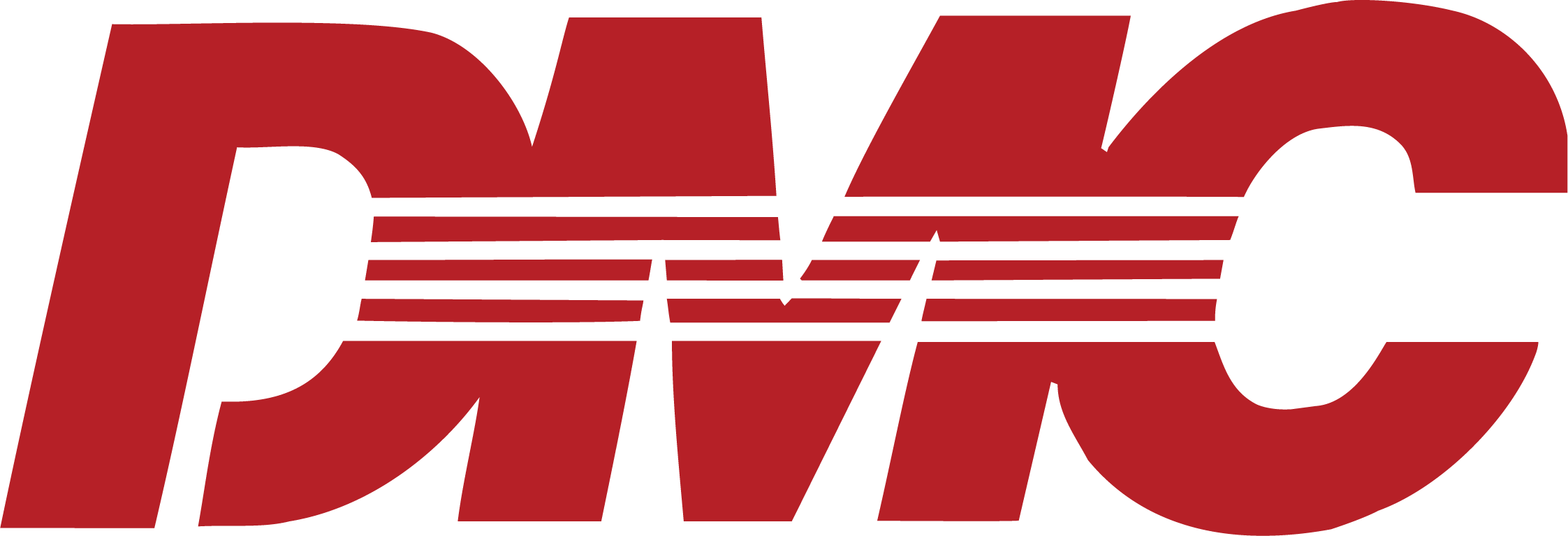Crimping requires specific tools to ensure it is done successfully and effectively, but it can be difficult to establish which tool to use and what crimping dies should accompany it, if any. With the variety of crimping tools available, most people are torn between using hydraulic crimping tools or pneumatic crimping tools, so which one should you use?
Take a look as we delve into the hydraulic vs pneumatic tools debate and see what works best for you.
What is a Hydraulic Crimping Tool?

If you want to connect two flexible materials, a hydraulic crimping tool is ideal. This can be for attaching two cables or wires, or for connecting two materials that are similarly flexible, such as a wire or cable with a lug or cable connector.
These tools, such as the Klauke PK 120/42 10mm² - 400mm² Hydraulic Crimping Head, are usually hand-held crimping tools or remote compression tools, and their key element is called a crimp head. This is the part of the tool that makes the crimp.
The hydraulic systems use hydraulic fluids to work, and this fluid mechanism is what allows the crimped connections to form. When using a hand-held compression crimper, the connector should be between the jaw and the pump of the tool. The jaws should then be compressed until the connector is crimped. This happens at the right pressure. If you are using remote crimpers, the hydraulic pump and the head are separate.
What is a Pneumatic Crimping Tool?

Instead of using hydraulics, pneumatic crimping tools use compressed air to operate and are designed to make crimps on connectors and wires. For this tool to work, it often needs a lot of pressure.
There are a range of tools designed like this, so it is important to find the best pneumatics tool for you and your project. One such crimping tool is the DMC Pneumatic Indent Crimp Tool, which is lightweight and compact, making it ideal for handheld use as well as a bench tool. This specific model is also used in proprietary and military programs.
Differences in Hydraulic and Pneumatic Crimping Tools
1) Safety
The safety concerning these crimping tools is regarding potential leakage, and what this would cause. In this instance, pneumatic tools are safer as they would leak air instead of a potentially corrosive substance.
As hydraulic tools contain liquid, they could cause harm if a leak were to occur. If water is used, it can cause damage if the temperature is high enough. If it uses other liquids, these may be poisonous, corrosive or a combination of the two, which can cause damage to the user and the surrounding environment. Also, these fluids may be combustible, so they require additional safety precautions before use.
As the potential leaks with pneumatic crimping tools are not harmful, they can be safer than hydraulic crimping tools in that regard. However, it should be noted that these could become concerning if other gases were used to power the tools, so check what is powering the tool before use so you are aware of any potential risks.
2) Hygiene
How hygienic a tool performs depends on what leaks out of the tool. Environmentally aware companies may choose to use pneumatic crimping tools as they only leak air. Within the tool is a filtration unit, which will remove what may contaminate the air such as metal particles or oil. This makes these tools ideal for environments that need to remain clean and not risk contamination, such as places within the food industry.
Hydraulic tools can use a range of different liquids. However, regardless of the liquid, they still have the potential to leak, such as through faulty seals. Anything that leaks then has the potential to contaminate the environment, even with the safety precautions you may have taken beforehand. These liquids may then cause corrosion within that area.
3) Energy
Both hydraulic and pneumatic crimping tools require energy to work via electrical power, but their energy consumption differs. Hydraulic tools use a pump, which needs electrical power and wastes a lot of energy to maintain the pressure in the fluid. More viscous fluids require more energy because the pressure is maintained by circulating the fluid and viscous liquids take longer to flow. Despite this, the same water or oil can be used in the tool repeatedly, as long as the filtration system is of good quality and is well-maintained.
Pneumatic crimping tools need a compressor to be running constantly for the compressed air to be used. Whereas hydraulic tools can reuse the fluids it requires, pneumatic tools cannot, meaning compressed air needs to be replaced. Also, any air that leaks from the tool is wasted. This means the energy required to replace the air and keep the tool running can be high. However, as air is free, energy is not needed to obtain or dispose of it.
4) Speed
As it contains water or oil, hydraulic crimping tools can take longer for the system to start, especially since oil is more viscous and therefore takes more time to move through the pipework of the tool. Instead, this type of tool is more likely to keep the pressure constant.
In contrast, pneumatic crimping tools use compressed air, which can easily flow through the system and therefore can have its parts moving quickly. These parts can then move through their cycles at high speeds, which can increase productivity with the selected tool.
5) Strength
The strength of a tool is determined by the pressure the tool can attain. Hydraulic tools use liquids that are mostly unable to be compressed and have a high mass density, which means more pressure can be achieved. This pressure can be used to transmit the power used to make the tool work. For example, industrial uses of hydraulic tools can achieve between 1000 and 5000 pounds per square inch (psi) of pressure.
As the fluids needed for pneumatic tools are compressed and have a low mass density, they cannot reach the same pressure levels. For the most part, pneumatic tools use between 80 and 100 psi, though it can reach several hundred psi in specific situations. Hydraulic tools are therefore much more suited to lifting heavy materials than their pneumatic counterparts.
6) Maintenance Required
With hydraulic crimping tools, frequent maintenance is needed to ensure the tools remain safe to use. This is because of the risk of corrosion that comes with the fluids inside the tools. If it is water being used, it can cause oxidisation. Tools should be monitored frequently unless the pipes used are made from a non-corrosive material.
Pneumatic tools, on the other hand, are much easier to maintain, and they are cleaner. As corrosion is not a risk, maintenance is more focused on ensuring the air isn’t leaking and other preventative measures. The filter-regulator-lubricator unit should also be frequently cleared and replaced.
7) Complexity
As the more complex type of tool, the engineering required for hydraulic crimping tools to work is more complicated than the levers and buttons may suggest. Whilst there are a limited amount of moving parts, it needs to contain a tank to store the liquid, as well as a system containing the pump, hoses and valves.
A more simple design, pneumatic tools can be made from cheaper materials because of their simplistic nature and the low pressure that comes from use. It also doesn’t have to contain the same amount of safety features as the hydraulic tools do as there isn’t the risk of corrosion.
The tools you use will depend on the task you wish to complete and what features you need your tools to have. Heamar have a wide range of crimping tools that you can explore to find the right tool for you, including a variety of brands. Take a look and see which one you need today.





















